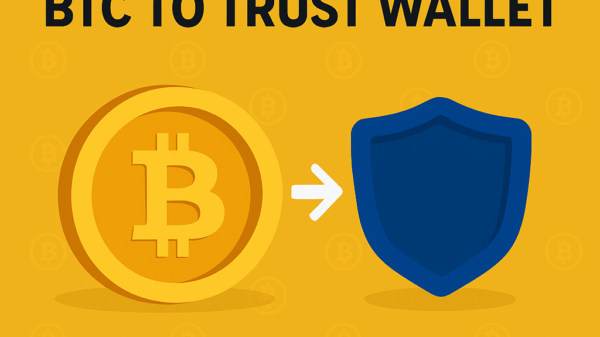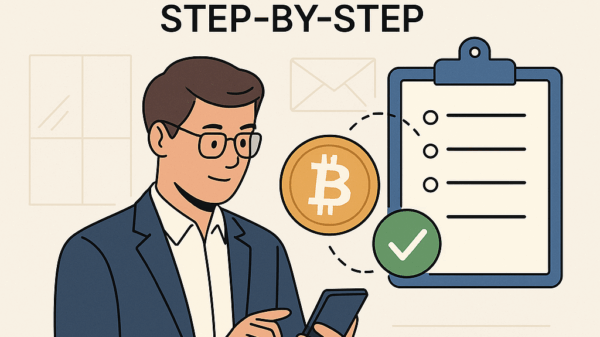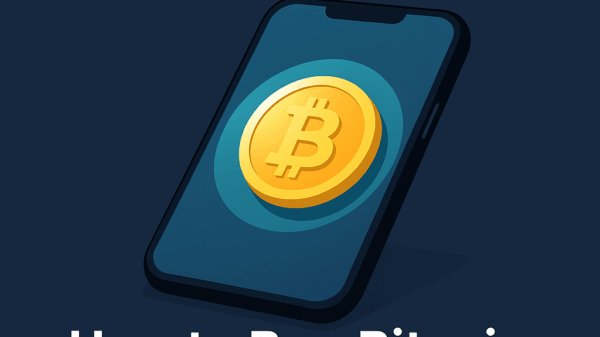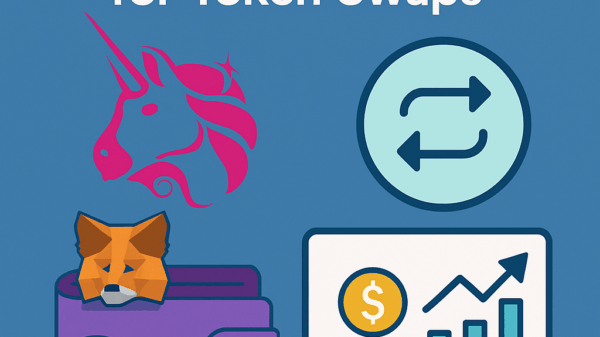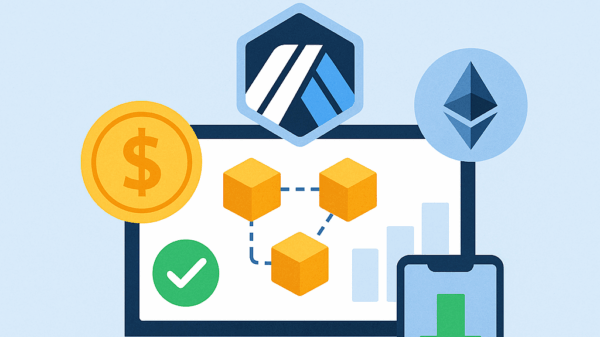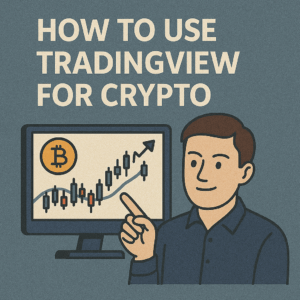How to Track Gas Fees on Ethereum
By Jason Miller – Crypto Writer 10.expert 🧠 Covering Bitcoin, altcoins, blockchain & Web3.
As a crypto writer and analyst, one of the most frequent questions I get asked about Ethereum isn’t about its price, but about its fees. “Why are gas fees so high?” or “When is the best time to transact?” are common refrains. Understanding and tracking gas fees on Ethereum isn’t just about saving a few dollars; it’s about optimizing your on-chain activities, timing your decentralized finance (DeFi) interactions, NFT mints, and token swaps, and ultimately, making the Ethereum network more usable for you.
In 2025, with Ethereum’s ongoing upgrades (like proto-danksharding and further scaling solutions) and the continuous ebb and flow of network demand, gas prices remain a dynamic and crucial metric to monitor. While Layer 2 solutions have significantly alleviated the burden for many transactions, interacting directly with the Ethereum mainnet still requires a keen eye on gas.
Let’s dive into how to track gas fees on Ethereum like a pro.
Understanding and managing Ethereum gas fees is crucial for efficient and cost-effective on-chain interactions.
Understand Gas Basics: Gwei, Gas Limit, and Total Cost 🧠
- Gas Unit (Computational Effort): The amount of “work” required for a transaction. A simple ETH transfer costs 21,000 gas units, while a complex DeFi swap can be hundreds of thousands.
- Gas Price (Gwei): The price you’re willing to pay per unit of gas, denominated in Gwei (1 Gwei = 0.000000001 ETH). This is what fluctuates based on network congestion.
- Total Gas Fee Formula:
Gas Units Used * (Base Fee + Priority Fee) = Total Gas Fee (in Gwei) - Base Fee (EIP-1559): A mandatory network fee that fluctuates based on network demand and is burned (removed from circulation), reducing ETH supply.
- Priority Fee (Tip): An optional tip to validators to incentivize faster inclusion of your transaction in a block.
Utilize Etherscan’s Gas Tracker 🌐
- Go-To Tool: Etherscan’s Gas Tracker (etherscan.io/gastracker) is the most popular and reliable source for real-time Ethereum gas prices.
- Speed Tiers: It provides estimates for “Low,” “Average,” and “High” gas prices, indicating the Gwei needed for different transaction speeds.
- Transaction Cost Estimates: See estimated costs in USD for common operations like ERC-20 transfers, Uniswap swaps, and NFT sales.
- Top Gas Consumers: Identify which dApps or smart contracts are consuming the most gas, indicating current network hotspots.
Install Browser Extensions for Real-Time Monitoring 💻
- MetaMask Integration: Most modern wallets like MetaMask offer built-in gas estimations when you’re about to sign a transaction. You can often adjust the “Gas Limit” and “Max Priority Fee” manually.
- Dedicated Extensions: Consider browser extensions like “Ethereum Gas Price Extension” (Chrome Web Store) which provide a quick glance at current gas prices directly in your browser toolbar.
Consult Specialized Gas Tracking Websites 📈
- Dedicated Platforms: Websites like Gas Now, Milk Road’s ETH Gas Chart & Heatmap, Blocknative’s Gas Estimator, or QuickNode’s Gas Tracker offer more detailed insights, historical charts, and sometimes predictions.
- Heatmaps: Look for gas price heatmaps that visualize cheaper times of day/week based on historical data. Often, weekends and late-night (UTC) hours tend to have lower fees.
Understand Factors Influencing Gas Prices 🚦
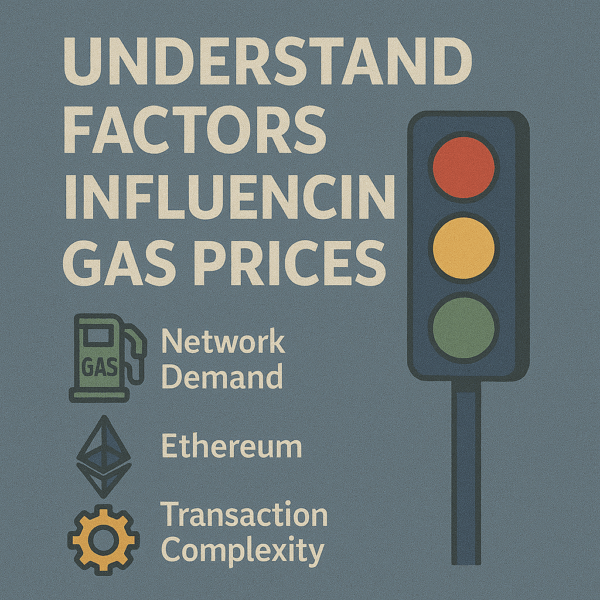
- Network Congestion: The primary driver. High demand for block space (many users transacting simultaneously) leads to higher gas prices.
- Transaction Complexity: More complex smart contract interactions (e.g., swapping tokens on a DEX, minting an NFT, interacting with DeFi protocols) require more gas units than simple ETH transfers.
- Major Events: New NFT drops, popular DeFi launches, or large protocol upgrades can cause sudden and significant spikes in gas fees due to concentrated demand.
- ETH Price Volatility: Since gas is paid in ETH, a sharp increase in ETH’s USD value can also make transactions more expensive in fiat terms, even if the Gwei price remains stable.
Utilize Historical Gas Data and Heatmaps 🗓️
- Identify Patterns: Analyze historical gas price charts to identify recurring patterns of low and high congestion.
- Plan Ahead: If your transaction isn’t urgent, use historical data to determine the most cost-effective times to transact.
Set Custom Gas Fees in Your Wallet ✍️
- Manual Control: Don’t always rely on the default “fast” setting. If you’re not in a hurry, manually set a lower “Max Priority Fee” (tip to validators) to potentially save ETH.
- “Max Fee Per Gas”: Understand that your wallet will also show a “Max Fee Per Gas” which is the absolute maximum you’re willing to pay per gas unit. The actual fee will be the
Base Fee + Priority Feeup to this maximum. Any excess is refunded.
Implement Gas Price Alerts 🚨
- Stay Notified: Many tracking tools or third-party services (like Cryptocurrency Alerting) allow you to set up email, Telegram, or Discord alerts when gas prices fall below a certain threshold.
Consider Transaction Bundling Services 🤝
- Gas Optimization: Some advanced services or protocols (e.g., Rook, some MEV searchers) can bundle multiple transactions into one to optimize gas usage, primarily for very specific use cases.
Explore Transaction Simulation Tools 🤖
- Pre-Check Costs: Tools like Tenderly or DeFi Saver allow you to simulate a transaction before executing it on the mainnet, giving you a precise estimate of the gas cost and potential outcomes.
Understand “Gas Limit” vs. “Gas Price” ⚠️
- Gas Limit: The Cap: This is the maximum amount of gas units your transaction is allowed to consume. Setting it too low will cause your transaction to fail (and you’ll still pay for the consumed gas). For simple transfers, 21,000 is standard. For complex interactions, your wallet usually auto-estimates a safe limit.
- Gas Price: The Cost Per Unit: This is what you’re actively trying to optimize by tracking.
Leverage Layer 2 Scaling Solutions (Critical in 2025!) 🌉
- The Best Savings: For most common transactions (swapping, sending tokens, interacting with dApps), using Layer 2 solutions like Arbitrum, Optimism, zkSync Era, or Base is the most effective way to drastically reduce gas fees.
- Bridge Assets: Learn how to bridge your ETH and tokens to these L2s to enjoy significantly lower transaction costs and faster speeds.
Utilize Alternative EVM-Compatible Chains (When Appropriate) ⛓️
- Lower Fees, Different Security: For certain applications, consider using EVM-compatible blockchains with inherently lower gas fees (e.g., Polygon, BNB Smart Chain, Avalanche C-Chain) if the dApp or asset is available there. Be mindful of the different security models and decentralization levels.
Be Wary of “Failed” Transactions 🚫
- Still Pay Gas: Even if your transaction fails (e.g., due to insufficient gas limit, contract error, or slippage), you still pay the gas used for the computation. This is why proper gas tracking and simulation are vital.
Educate Yourself on Ethereum Upgrades 🔄
- Future Impact: Keep abreast of Ethereum’s roadmap (e.g., the “Surge,” “Scourge,” “Verge,” “Purge,” and “Splurge” phases). These upgrades are designed to improve scalability and potentially reduce long-term transaction costs, even if they don’t directly address gas price fluctuations on the mainnet.
By integrating these strategies into your crypto routine, you’ll gain a significant edge in managing your Ethereum transactions, saving valuable ETH, and participating more efficiently in the decentralized ecosystem.


